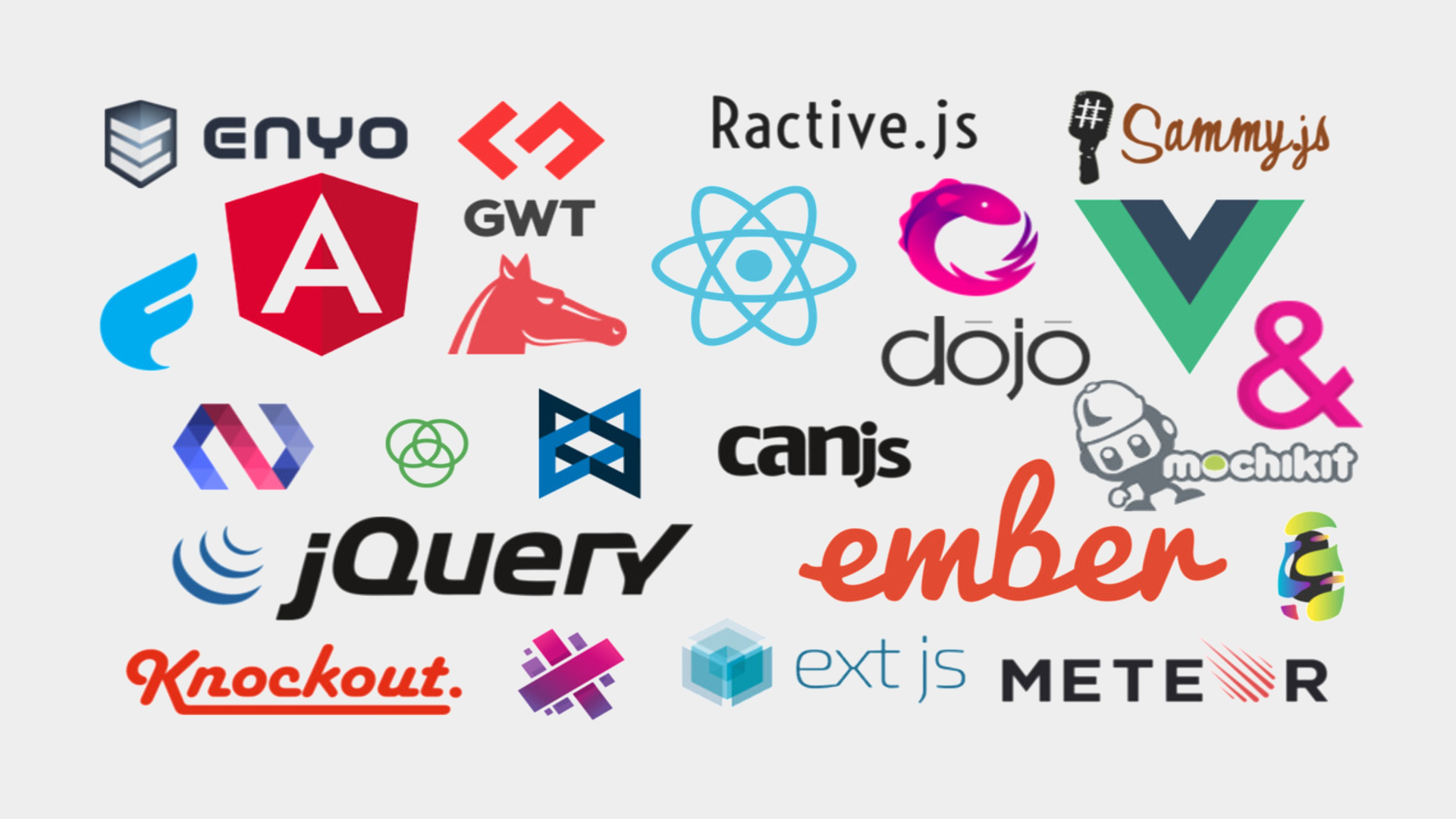
//: # (Progressive web apps are designed to run on mobile browsers keeping in mind responsive native-like user experience. They can run when the device is offline, do not require installation and can be added to the browser home-screen for quick access. PWA can also execute native functionalities like push notifications. Thus they combine the best of both, native and web app worlds. )
But things have changed since then. The entire world is building single page apps.
Google Adopted Angular js and everyone start to use angular for their projects.
In 2016, React was the most searched front-end framework.
PWA is changing things. Here is a video from google chrome developers
Progressive web apps are designed to run on mobile browsers keeping in mind responsive native-like user experience. They can run when the device is offline, do not require installation and can be added to the browser home-screen for quick access. PWA can also execute native functionalities like push notifications. Thus they combine the best of both, native and web app worlds.
Progressive web apps have the following main characteristics:
Caching: The UI components of a PWA i.e. the HTML, CSS and JS components are separated out from the core functionality components. This allows the PWA to cache the UI components the first time it loads over the network. The cached components do not need to load each time during consecutive usage thus ensuring performance and highly satisfying user experience.
Responsiveness: Since the app runs in the browser, it can render responsively on all devices with all sizes without breaking the UI.
Security: The content of a PWA is served over https in order to prevent snooping and ensuring tamper-proof data delivery.
Sharing: Sharing is as easy as copying and pasting the URL. There is no hassle of installation.
In addition to the above characteristics, the most significant advantage of PWA over native apps is they utilize the power of HTML5 which is a boon for developers. Developing HTML5 components with Javascript and its frameworks is a lot faster than developing native apps in their respective programming languages. Coupling this with the ability to run in a platform-independent manner, PWAs seem like a natural response of the technology to the growing demand for fast content delivery over the internet and the swarm of devices being connected each day.